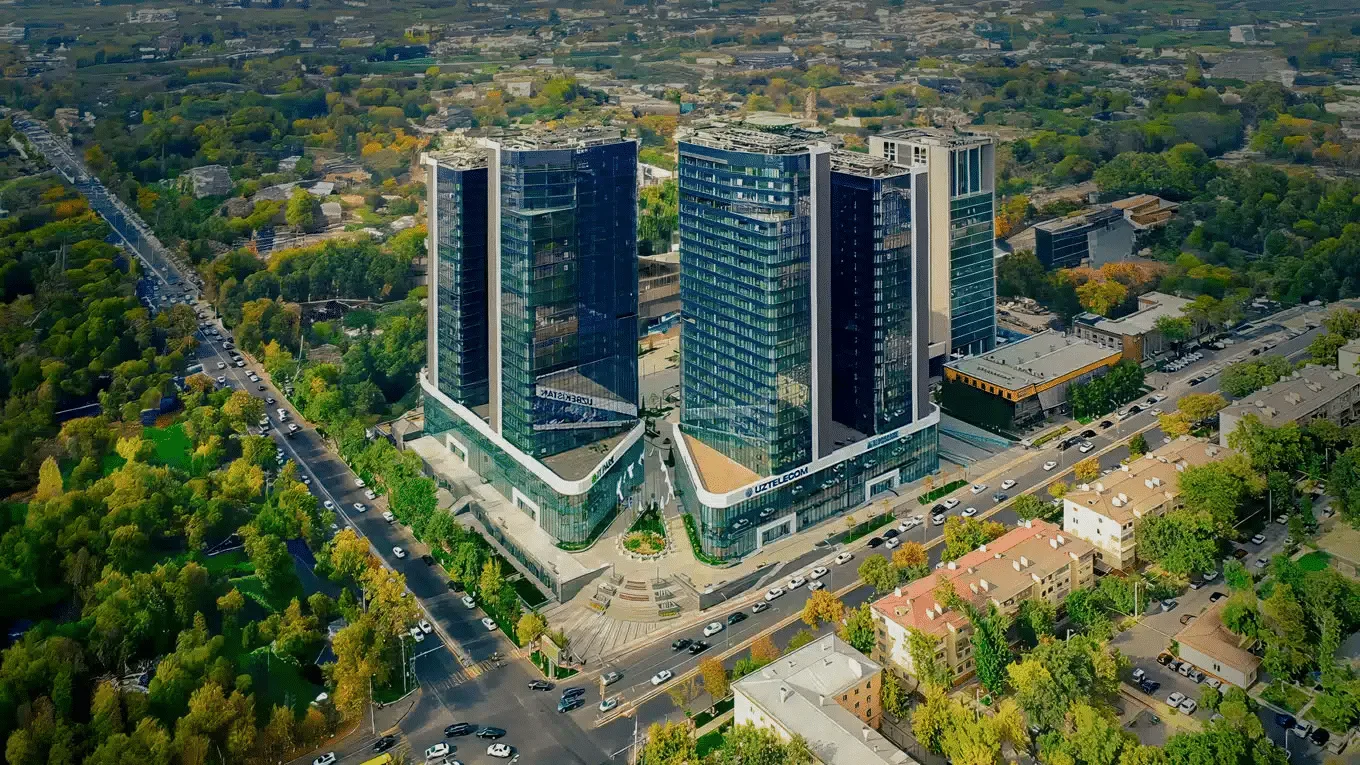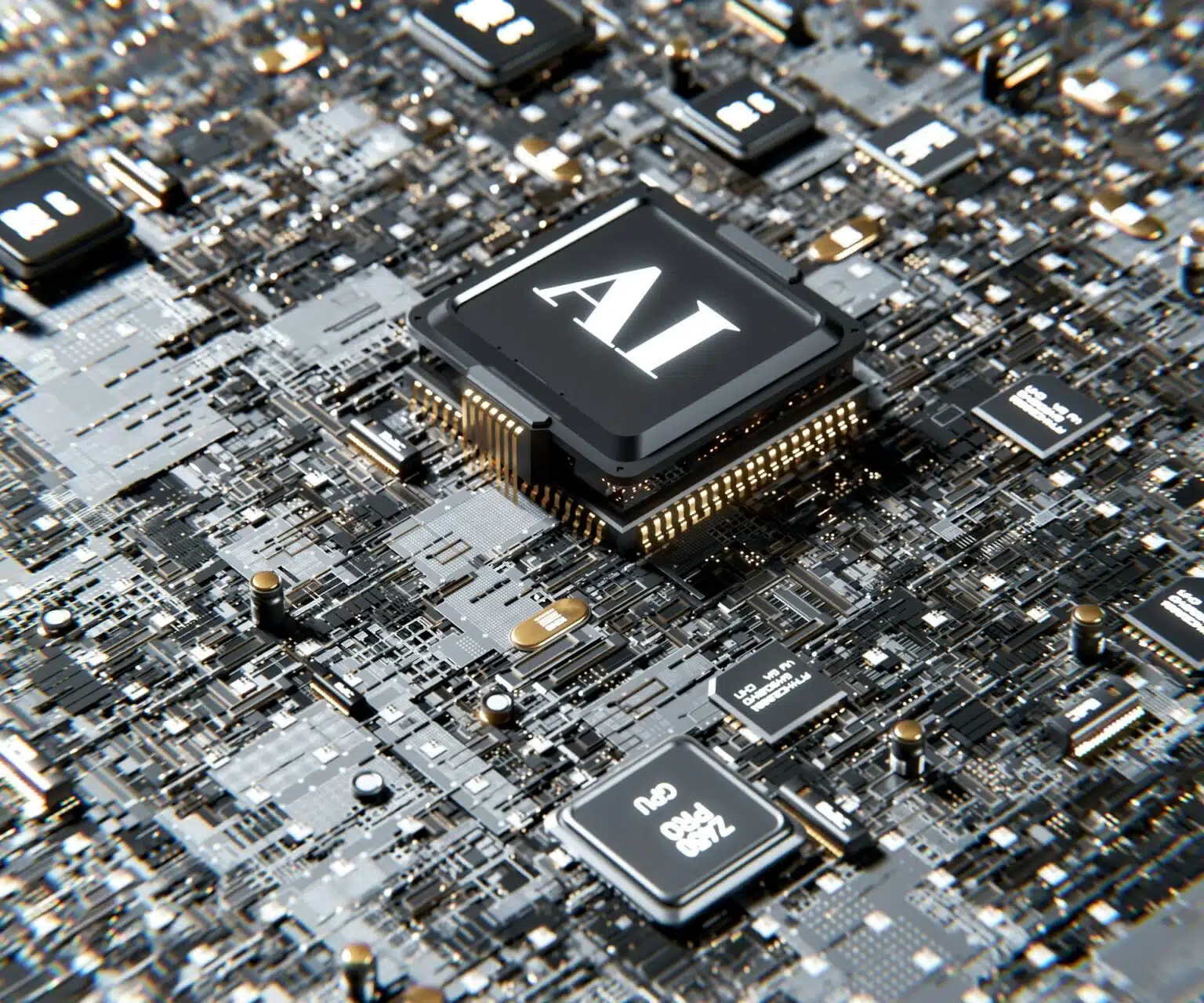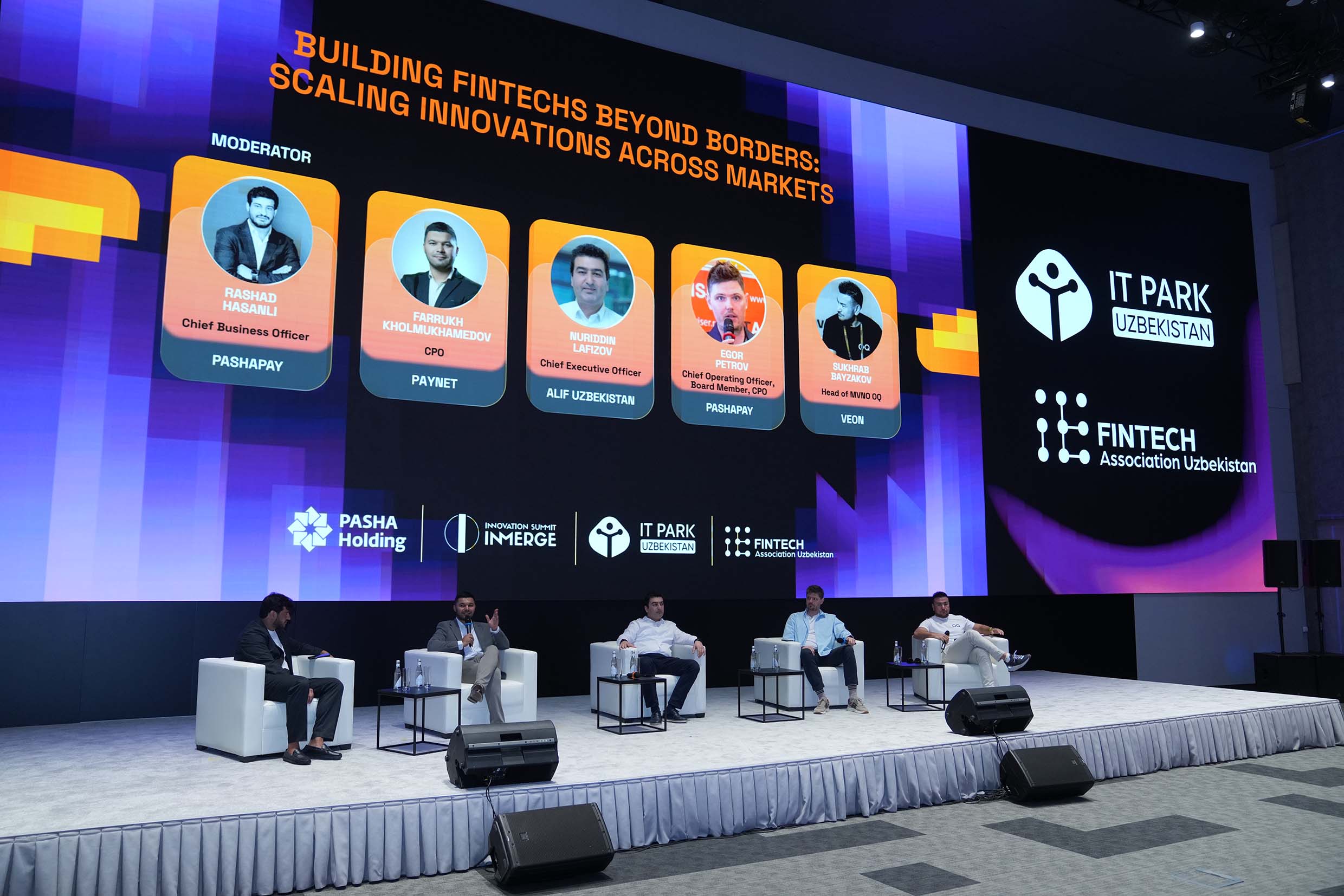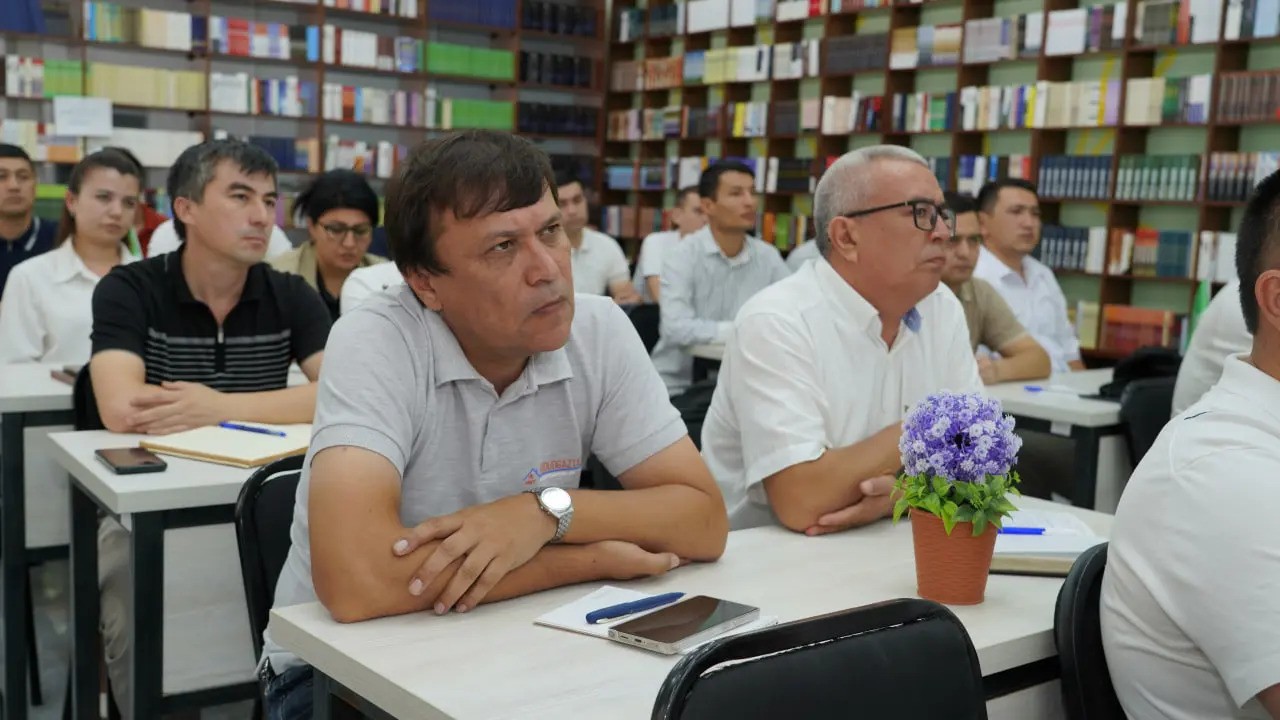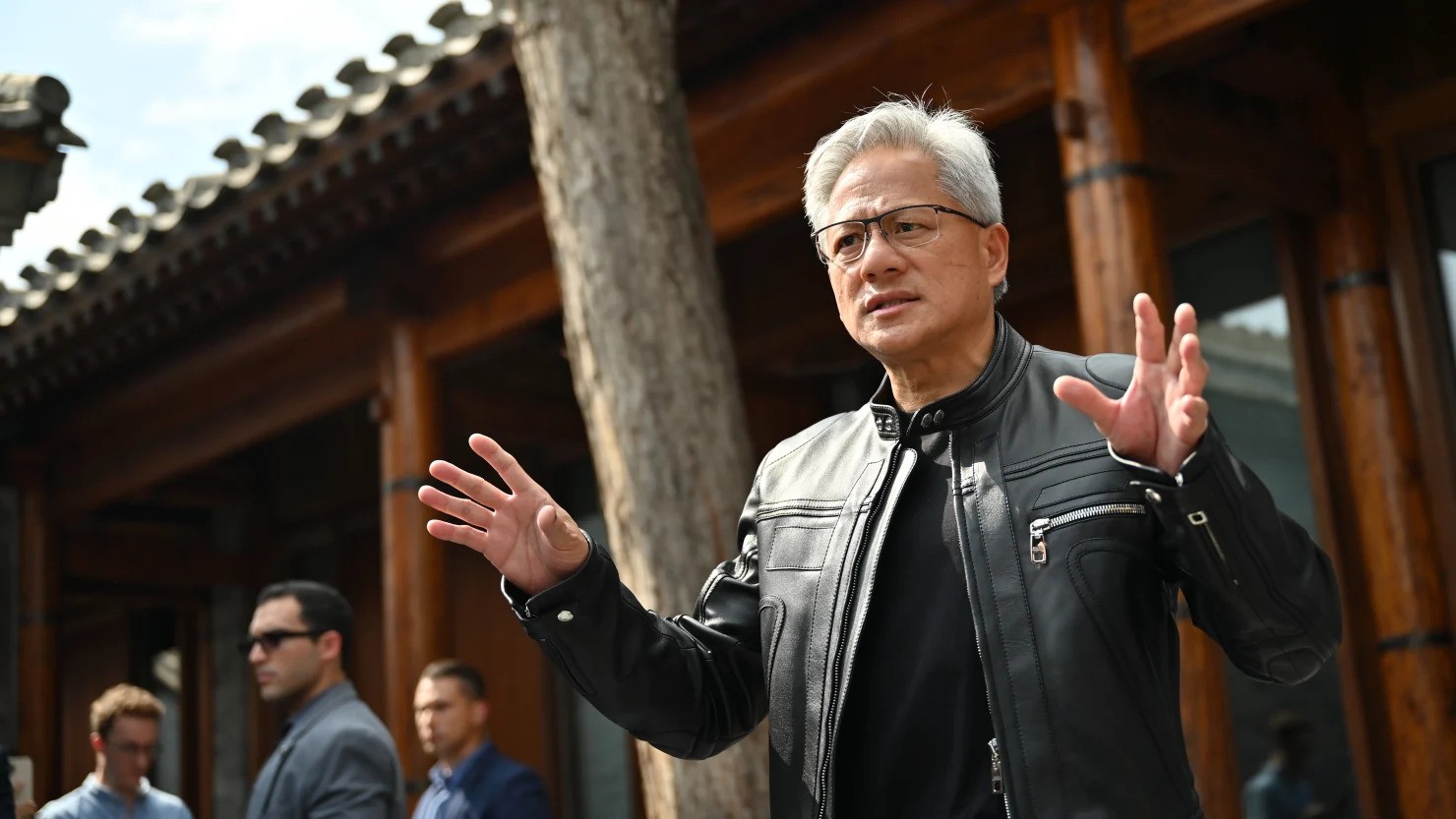The development of the Russian scientific and engineering sector reaches a new level — the OpenSeaGeo intelligent system designed for complex exploration of minerals on the seabed is presented. The system has already been tested on research vessels, and experts emphasize its potential for rethinking the approach to ocean geology.
The project is backed by the St. Petersburg-based company Biogeohab, which integrates artificial intelligence with marine geology and computer vision technologies. The focus is on the possibilities of mapping the bottom at ultra-deep depths and automated detection of key geological features.
OpenSeaGeo relies on the YOLOv7 computer vision architecture, adapted to the specific conditions of underwater photography — low light and high turbidity of the water. On NVIDIA RTX 3090-level hardware, the system achieves performance of up to 60 frames per second. This allows you to process video streams in real time without losing accuracy.
The hardware platform of the complex is a sealed capsule capable of operating at a considerable depth. Inside is a Sony ILCE-7SM3 camera with professional optics, video signal processing modules and data transmitters. The device connects to the research vessel using a reinforced cable, transmitting a video signal in 4K resolution at a frequency of up to 120 frames per second. This level of detail is critical for identifying minerals.
OpenSeaGeo software provides full automation of analysis. Artificial intelligence algorithms recognize and classify geological structures, including ferromanganese nodules and polymetallic sulfides. Each detected object is accompanied by exact coordinates, information about its depth and density. The system also generates detailed resource allocation maps and finalizes reports for further processing and interpretation.
A special feature of the solution is full autonomy both during forwarding operations and during desk analytics. This significantly reduces the time and human resources required for conducting underwater geological surveys, and increases the reliability of the results.
Integration of deep learning and computer vision technologies into geological exploration is a trend that has become widespread in the leading countries of the world. Russia demonstrates its ambition to be on a par with global leaders by introducing AI to strategically important industries with high economic impact potential. With growing interest in marine resources and competition for rare earth metals, OpenSeaGeo can become a key tool in the fight for access to underwater resources.

